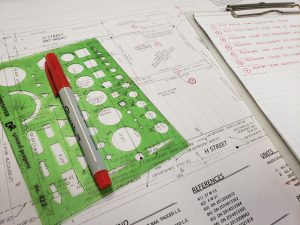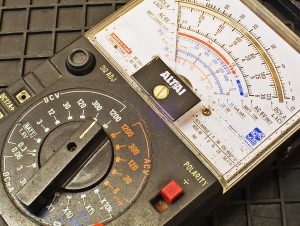If solar panels are the muscle and batteries are the stomach, then the charge controller is the brain. Without it, your panels would pump raw, unregulated energy into your batteries until they overcharged, overheated, and eventually keeled over. The controller keeps everything balanced, protecting your investment while making sure power flows smoothly.
Why You Need a Charge Controller
Batteries are picky about how they’re charged. Too much voltage and they swell up like a balloon, too little and they never fully recharge. The controller manages this by taking the wild, fluctuating output from your panels and feeding your batteries exactly what they want. It’s like a referee between two players who don’t speak the same language.
Modular System Options
When you’re piecing together a modular build, you’ll need to pick your type of charge controller:
PWM (Pulse Width Modulation)
The budget-friendly option. A PWM controller connects the solar array to the battery and essentially “chops” the incoming current to match the battery’s voltage. It works, but it’s not efficient—especially if your panel voltage is higher than your battery voltage. That extra potential just disappears as wasted heat.
Best for: Small, low-budget systems where every watt doesn’t matter.
Downside: Can waste 20–30% of your panel’s potential energy.
MPPT (Maximum Power Point Tracking)
The big leagues. MPPT controllers constantly adjust to find the “sweet spot” (the maximum power point) of your solar array. This means they can convert higher panel voltages into lower battery voltages without wasting power, often giving you 20–40% more usable energy compared to PWM.
Best for: Larger systems, cold climates (where panel voltage spikes), or anytime you want maximum efficiency.
Downside: More expensive, but they pay for themselves in performance.
All-in-One Systems
If you go with an all-in-one power station (Bluetti, EcoFlow, Jackery, etc.), the charge controller is already built in—usually a high-efficiency MPPT. That means less wiring, no separate mounting, and no need to size one yourself. The trade-off is flexibility: you can’t swap it out for a bigger or better controller if your system grows beyond the unit’s input limits.
Every model has a maximum solar input (volts and amps), and if you exceed it, the extra panel power is wasted—or worse, you risk damaging the unit. Always read the spec sheet carefully before plugging in panels.
Sizing & Safety Features
For modular systems, you’ll want to size your charge controller to handle both your array’s open-circuit voltage (Voc)and its short-circuit current (Isc), with a margin of safety. In other words: make sure your controller can take the punch without frying.
Many good controllers also come with extras:
Temperature compensation: Adjusts charging based on battery temp (important for lead-acid).
Load control: Lets you run small DC loads directly from the controller.
Data logging or Bluetooth: So you can geek out over your power stats from your phone.
Practical Tips
Keep the controller close to the batteries so voltage readings are accurate.
Don’t mount it in a sealed box—controllers get warm and need to breathe.
Label your wiring; future-you will thank present-you.
Buy a controller that’s slightly larger than your current array if you plan to expand later.
Wrapping It Up
The charge controller doesn’t get much glory, but it’s the unsung hero of your solar system. Whether you go cheap-and-simple with PWM, efficient and powerful with MPPT, or plug-and-play with an all-in-one, the controller is what keeps your batteries healthy and your system reliable. Skip it, and you might as well skip having power altogether.
Your Turn
Have you ever run a PWM controller and later upgraded to MPPT? Did you notice the difference?
Do you size your controller for just your current needs, or do you plan for future panel expansion?
If you’re using an all-in-one power station, have you ever bumped up against its solar input limits?
What’s the most important feature for you: efficiency, data monitoring, or cost savings?
Would you rather pay extra for a high-end controller now, or risk replacing a cheaper one later?






